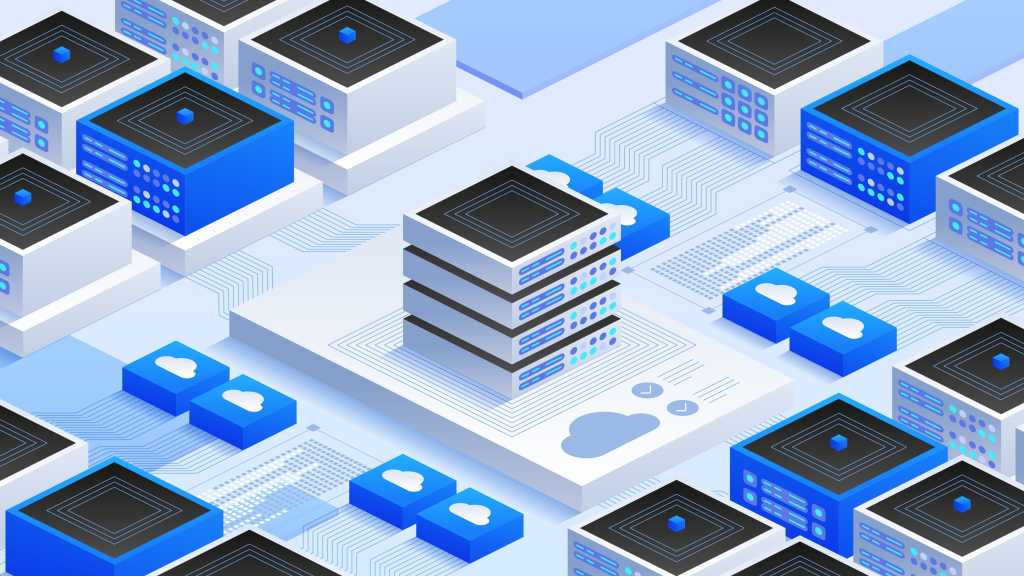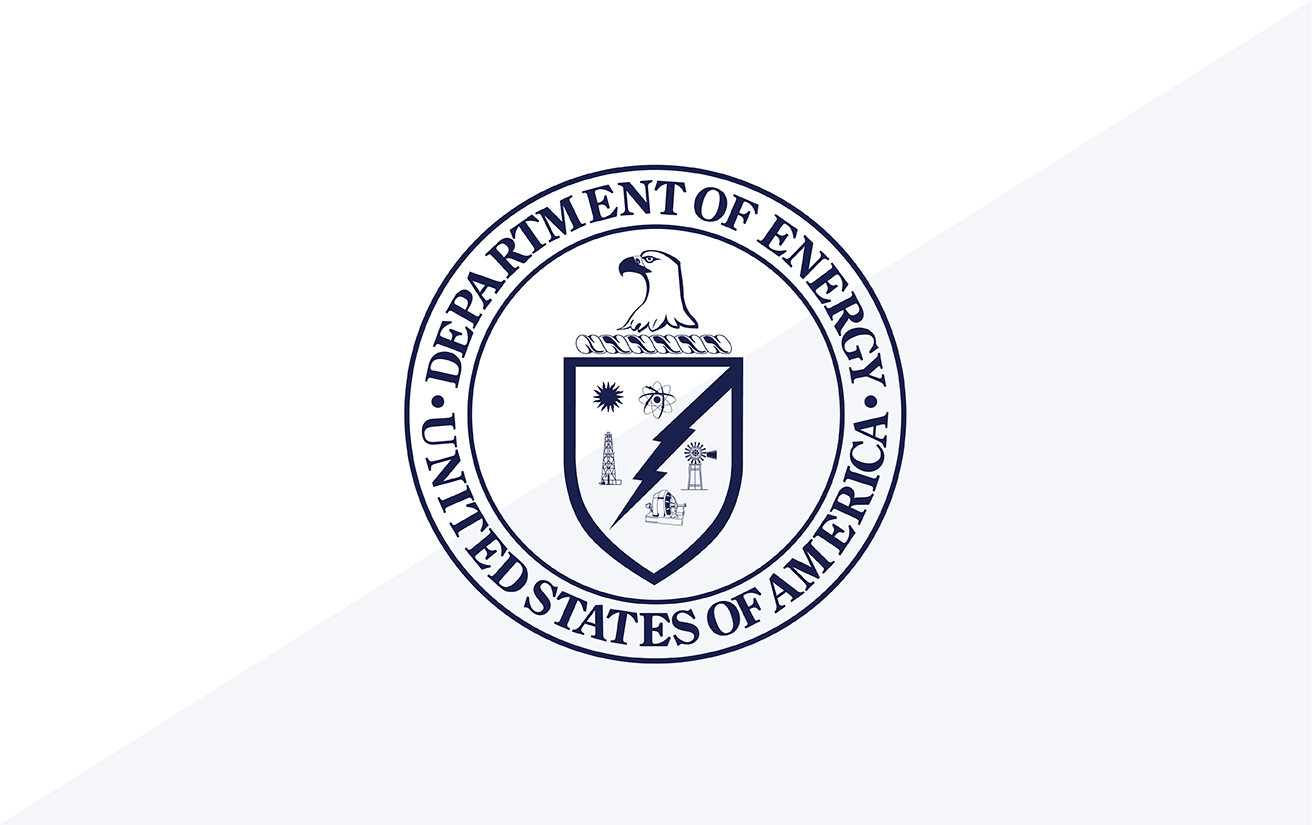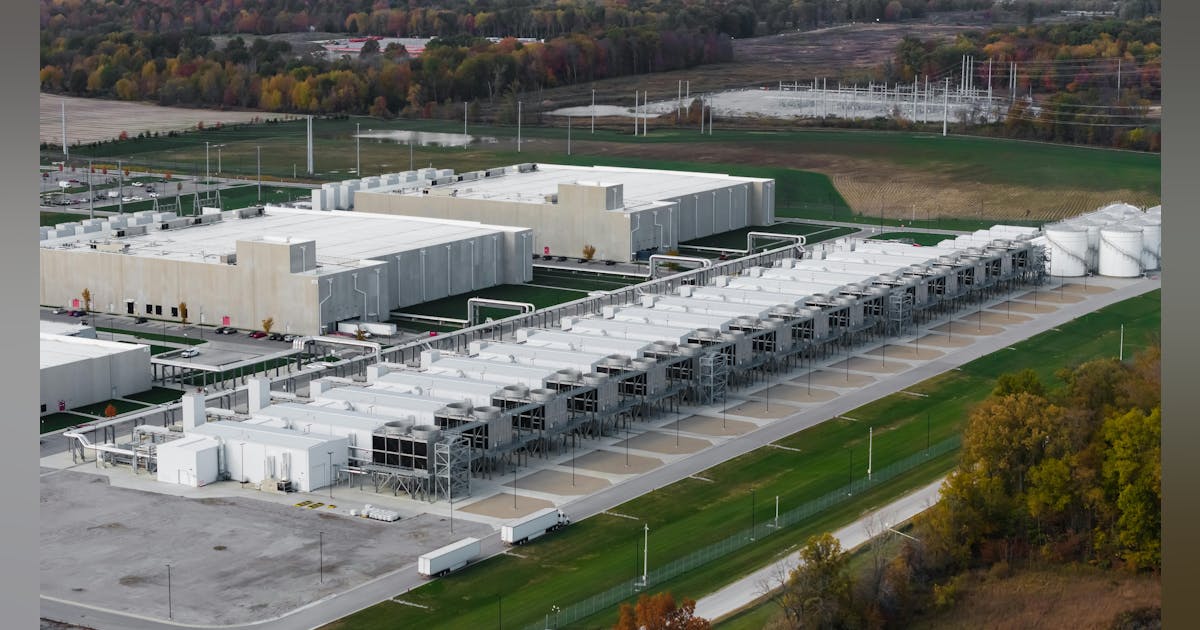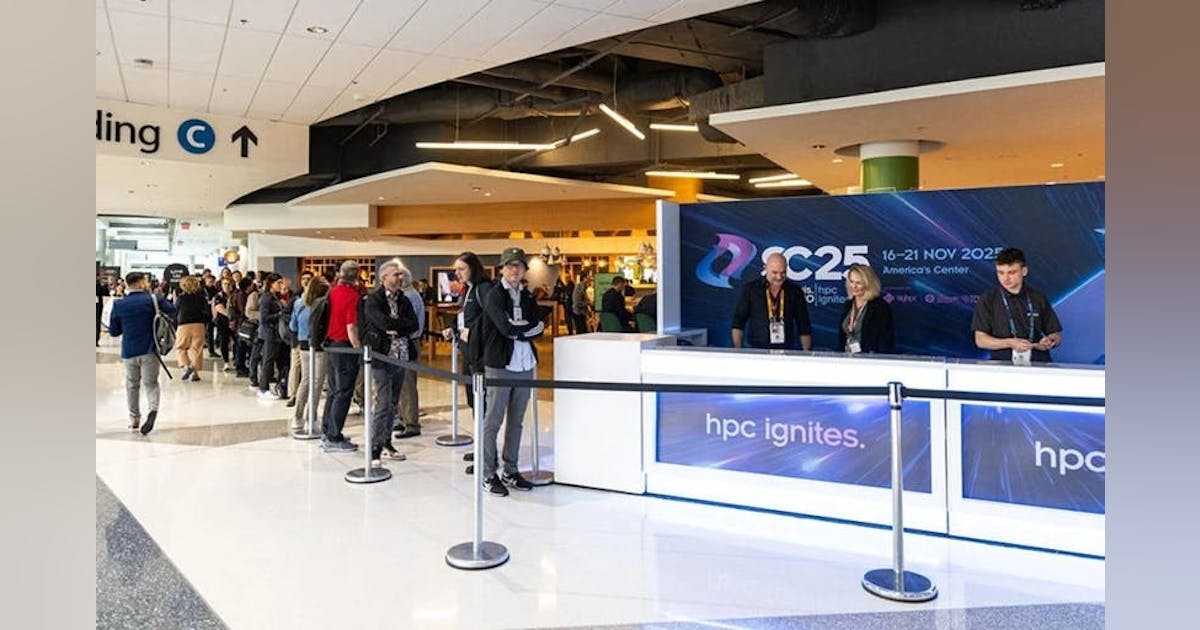Join our daily and weekly newsletters for the latest updates and exclusive content on industry-leading AI coverage. Learn More
If 2023 was all about generative AI-powered chatbots and search, 2024 introduced agentic AI — tools capable of planning and executing multi-step actions across digital environments. From Devin’s engineering breakthroughs to Microsoft’s early trials with Copilot Vision, the innovations were diverse, but one constant remained: the need to keep data infrastructure organized and reliable.
As enterprises leaned into advanced AI initiatives, several trends reshaped how data is managed, secured and used. Businesses increasingly adopted multicloud, open data, and open governance strategies to avoid vendor lock-in and gain more flexibility. They also focused on unstructured data, transforming data marketplaces into hubs providing pre-trained AI models with proprietary datasets and apps. Simultaneously, progress in vector and graph databases added new possibilities, setting the foundation for what’s next.
Now, as the AI story continues to unfold, industry leaders share their predictions for how the data infrastructure underpinning it will evolve in 2025.
1. Real-time multimodal data will fuel intelligent data flywheel
“In 2025, enterprises will fully embrace multimodal data and AI, transforming how they operate and deliver[ing] value. At the core of this shift is the ‘Intelligent Data Flywheel’ — a dynamic cycle where real-time data powers AI-driven insights, fueling continuous innovation and improvement. Today’s dark data — images, videos, audio, and sensor outputs — will become central to unlocking sharper predictions, smarter automations and real-time adaptability, ultimately leading to a richer and more nuanced understanding of the business reality.
“With the real-time data flywheel in place, AI will autonomously diagnose problems, optimize processes and generate innovative solutions. Enterprises will rely on AI agents to ensure data quality, uncover insights and shape strategies, enabling human talent to focus on higher-level tasks. This will redefine efficiency, accelerate innovation and transform businesses into more dynamic and intelligent organizations.”
– Yasmeen Ahmad, MD of strategy and outbound product management for data, analytics and AI at Google Cloud
2. Chill factor: Liquid-cooled data centers
“As AI workloads continue to drive growth, pioneering organizations will transition to liquid cooling to maximize performance and energy efficiency. Hyperscale cloud providers and large enterprises will lead the way, using liquid cooling in new AI data centers that house hundreds of thousands of AI accelerators, networking and software.
“Enterprises will increasingly choose to deploy AI infrastructure in colocation facilities rather than build their own — in part to ease the financial burden of designing, deploying and operating intelligence manufacturing at scale. Or, they will rent capacity as needed. These deployments will help enterprises harness the latest infrastructure without needing to install and operate it themselves. This shift will accelerate broader industry adoption of liquid cooling as a mainstream solution for AI data centers.”
– Charlie Boyle, VP of DGX platforms at Nvidia
3. Global data explosion to create storage shortage
“The world is creating data at unprecedented volumes. In 2028, as many as 400 zettabytes will be generated, with a compound annual growth rate (CAGR) of 24%. However, the storage install base is forecasted to have a 17% CAGR — therefore [growing] at a significantly slower pace than the growth in data generated. And it takes a whole year to build a hard drive. This disparity in growth rates will disrupt the global storage supply-and-demand equilibrium. As organizations become less experimental and more strategic in the use of AI, they will need to build greater physical data center space and capacity plans to ensure storage supply, and fully monetize investments in AI and data infrastructure — while balancing financial, regulatory and environmental concerns.”
– B.S. Teh, EVP and chief commercial officer at Seagate Technology
4. AI factories will evolve to PaaS
“In 2025, AI factories will evolve beyond their initial phase of providing infrastructure-as-a-service, offering compute, networking, and storage services, to delivering platform-as-a-service capabilities. While the foundational services have been essential to jumpstart AI adoption, the next wave of AI factories will prioritize platforms that drive data affinity and provide lasting value. This shift will be key to making AI factories sustainable and competitive in the long term.”
– Rajan Goyal, cofounder and CEO at DataPelago
5. Companies will use their massive datasets but demand reliability
“For the most part, early applications of AI have just used foundation models trained on massive amounts of public data. With sophisticated RAG applications becoming mainstream and the rapid maturity of products to produce structured data, applications that leverage the massive troves of private enterprise data will begin to create true value. But the bar for these applications will be high: Enterprises will demand reliability from AI applications, not just the whiz-bang demo.
“Further, AI companies providing these models will have to play nice with publishers and content providers to safeguard the future of AI development. They will need to enter licensing agreements with content providers to ensure they’re being compensated for the extremely valuable data they offer. This must happen soon, before it’s all a tangle of lawsuits and blocking AI crawlers.”
– Sridhar Ramaswamy, CEO at Snowflake
6. Enterprise agents will devour communications data
“In 2025, enterprises will mine terabytes of communication data, such as emails, Slack messages, and Zoom transcripts, using agents that deliver analytics insights, dashboards, and actionable decision support tools.
“This will drive significant productivity improvements across industries.”
– Nikolaos Vasiloglou, VP of research and ML at RelationalAI
7. Data governance and quality will be biggest barriers to successful and ethical AI adoption
“In 2025, data governance, accuracy and privacy will emerge as the most significant barriers to effective AI adoption. As organizations look to scale AI, the realization will occur that successful AI outcomes are entirely dependent on trustworthy data. Managing and preparing massive amounts of data, ensuring compliance and maintaining accuracy will provide complex challenges. Enterprises will need to overcome these hurdles by investing in foundational data platforms that enable unified management across diverse data sources.
“As a result, we’ll see a stronger emphasis on data stewardship roles and governance frameworks that align with AI initiatives, as businesses recognize that unreliable data directly impacts AI effectiveness.”
– Jeremy Kelway, VP of engineering for analytics, data and AI at EDB
“In 2025, unified data observability platforms will emerge as essential tools for large enterprises, enabling comprehensive visibility into data infrastructure performance, quality, pipeline health, cost management and user behavior to address complex governance and integration challenges. By automating anomaly detection and enabling real-time insights, these platforms will support data reliability and streamline compliance efforts across industries.”
– Ashwin Rajeeva, cofounder and CTO at Acceldata
9. All hail the sovereign cloud
“In 2025, we’re going to see a real push towards sovereign and private clouds. We’re already seeing the largest hyperscalers pouring billions of dollars into constructing data centers around the world to offer these capabilities. This…capacity will take a while to come online; in the meantime, demand will skyrocket fueled by a wave of legislation coming predominantly from the EU. Those with flexible, scalable and elastic cloud infrastructure will be able to adopt sovereign or private approaches quickly. Those with monolithic, rigid infrastructure will be putting themselves behind the curve.”
– Kevin Cochrane, CMO of Vultr
10. Rise of data processing at the edge
“I’m keeping an eye on the potential expansion of edge computing, driven by the proliferation of 5G, which brings data processing closer to the source and reduces latency. This could help democratize AI. The question is, can we build efficient AI apps that run on mobile devices, possibly without relying on cloud resources?
“If 5G is available to field technicians, they could leverage AI to assist in their work — whether it’s medical professionals providing diagnosis and treatment in disaster areas where 5G is available but Wi-Fi isn’t, or engineers and scientists making on-site decisions with AI-assisted research and real-time calculations.”
– Jerod Johnson, Sr. technology evangelist at CData
11. Protection of unstructured data will become more urgent
“Traditionally, data protection has focused on mission-critical data because this is the data that needs faster restores. Yet the landscape has changed, with unstructured data growing to encompass 90% of all data generated in the last 10 years. The large surface area of petabytes of unstructured data coupled with its widespread use and rapid growth make it highly vulnerable to ransomware attacks. Cyber-criminals can use the unstructured data as a Trojan horse to infect the enterprise. Cost-effectively protecting unstructured data from ransomware will become a critical defense tactic, starting with moving the cold, inactive data to immutable object storage where it cannot be modified.
“To this end, IT and storage directors will look for unstructured data management solutions that offer automated capabilities to protect, segment and audit sensitive and internal data use in AI — a use case that is bound to expand as AI matures. Further, they will need to create systematic ways for users to search across corporate data stores, curate the right data, check for sensitive data and move data to AI with audit reporting.”
– Krishna Subramanian, cofounder of Komprise
To sum up, 2025 promises significant advancements in enterprise data infrastructure, ranging from multimodal data flywheels to sovereign clouds. However, challenges such as data governance and storage shortages will persist. Success in this dynamic space will depend on balancing innovation with trust and sustainability, turning data into a lasting competitive advantage.
Daily insights on business use cases with VB Daily
If you want to impress your boss, VB Daily has you covered. We give you the inside scoop on what companies are doing with generative AI, from regulatory shifts to practical deployments, so you can share insights for maximum ROI.
Read our Privacy Policy
Thanks for subscribing. Check out more VB newsletters here.
An error occured.























